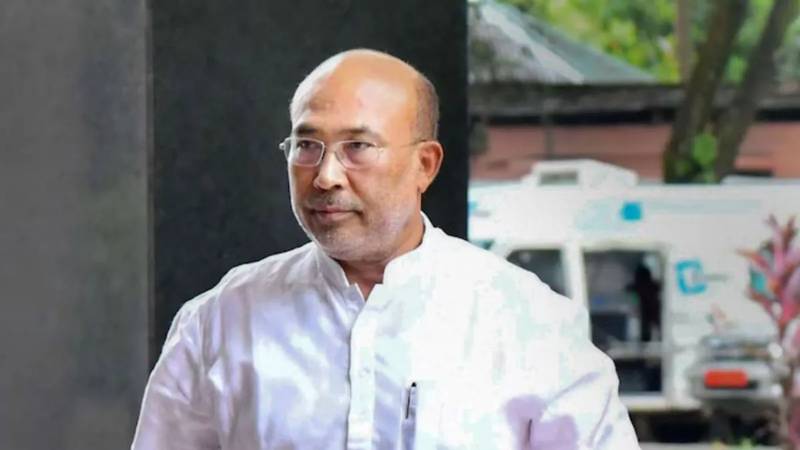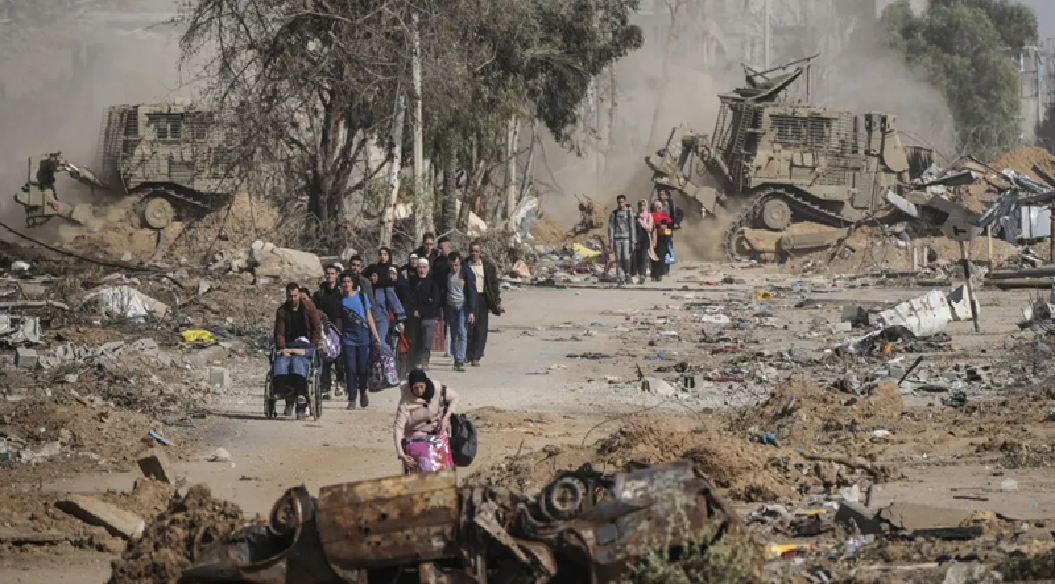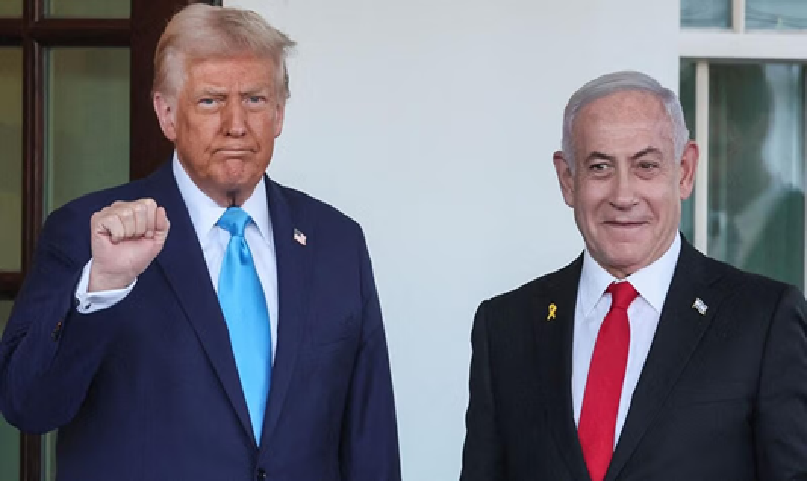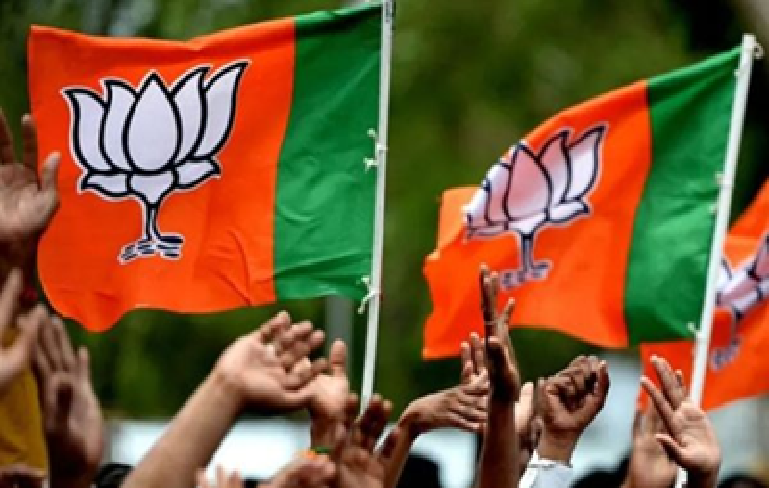
India’s Paralympic surge from neglect to national pride
In recent years, the Indian Paralympic contingent has made remarkable strides on the global stage, a narrative of progress that marks a seismic shift in the country’s sporting landscape. This newfound prominence, which was unimaginable just a decade ago, reflects not only the immense talent and resilience of India’s para-athletes but also the gradual yet necessary shift in societal attitudes toward disability and inclusivity in sports. For decades, Paralympic athletes in India were relegated to the margins, both in terms of recognition and resources, but recent performances indicate the long overdue transformation.
At the heart of this resurgence is a profound change in how the Indian sporting establishment and the general public perceive para-sports. No longer seen as secondary or merely symbolic, the achievements of Paralympians are being celebrated with the same fervour as those of their able-bodied counterparts. This change, while gradual, is now visible in India’s medal tallies and the increasing representation of para-athletes on global platforms.
The Tokyo 2020 Paralympics served as a watershed moment for Indian sports, with athletes winning a record-breaking 19 medals, including five golds. The ongoing tournament is proving to be more successful with 25 medals in the kitty… and counting. However, the road to this point has been far from smooth. For years, para-athletes in India were neglected, with minimal access to training facilities, equipment or financial support. The story of India’s first Paralympic gold medallist, Murlikant Petkar, underscores the systemic challenges faced by athletes with disabilities.
Petkar, who won gold in the 1972 Paralympics in Heidelberg, remained an unsung hero for decades. His achievements were barely acknowledged in a nation obsessed with cricket. Petkar’s story is emblematic of a broader neglect towards parasports, where success often went unnoticed, and athletes were forced to fend for themselves in a hostile sporting ecosystem. This backdrop makes the recent cinematic portrayal of Murlikant Petkar’s life in the Hindi film Candu Champion all the more significant.
The film has played an instrumental role in bringing the story of India’s Paralympic heroes to the public eye. In many ways, Candu Champion is more than just a sports biopic; it is a cultural intervention. It highlights the indomitable spirit of athletes who refused to be defined by their limitations and their fight against the systemic apathy that threatened to derail their careers. The film’s focus on Petkar’s triumph over adversity serves as a mirror for the larger narrative of India’s Paralympic journey—a story of perseverance, resilience and eventual triumph. The impact of Candu Champion cannot be overstated.
It has brought Petkar’s achievements into the spotlight and initiated a broader conversation about the need for greater support and recognition of para-athletes in India. This cinematic representation has served as a catalyst, sparking interest in para-sports and contributing to the shifting perception of disability in India. The timing of the film, coinciding with India’s rising stature in global para-sports, has further amplified its impact, reminding the nation of its long-overlooked champions. Once conspicuously absent, institutional support is now playing a key role in fostering this growth.
The introduction of government schemes such as the Target Olympic Podium Scheme (TOPS) and the Khelo India programme has ensured that para-athletes receive the necessary financial backing and access to high-quality training facilities. These initiatives are slowly levelling the playing field, enabling Indian para-athletes to compete on par with the best in the world. This newfound support is crucial, providing para-athletes with the resources they need to hone their skills and realise their full potential. Yet, there is still much to be done. Funding disparities between Olympic and Paralympic athletes remain significant, and societal attitudes towards disability, though improving, continue to harbour prejudices that must be addressed.
The rise of India’s Paralympians is a testament to the power of individual determination and collective action. Athletes like Devendra Jhajharia, Mariyappan Thangavelu and Avani Lekhara have now become household names, not just for their athletic prowess but for their role in reshaping the narrative around disability and sports in India.
 English daily published in Bengaluru & Doha
English daily published in Bengaluru & Doha






